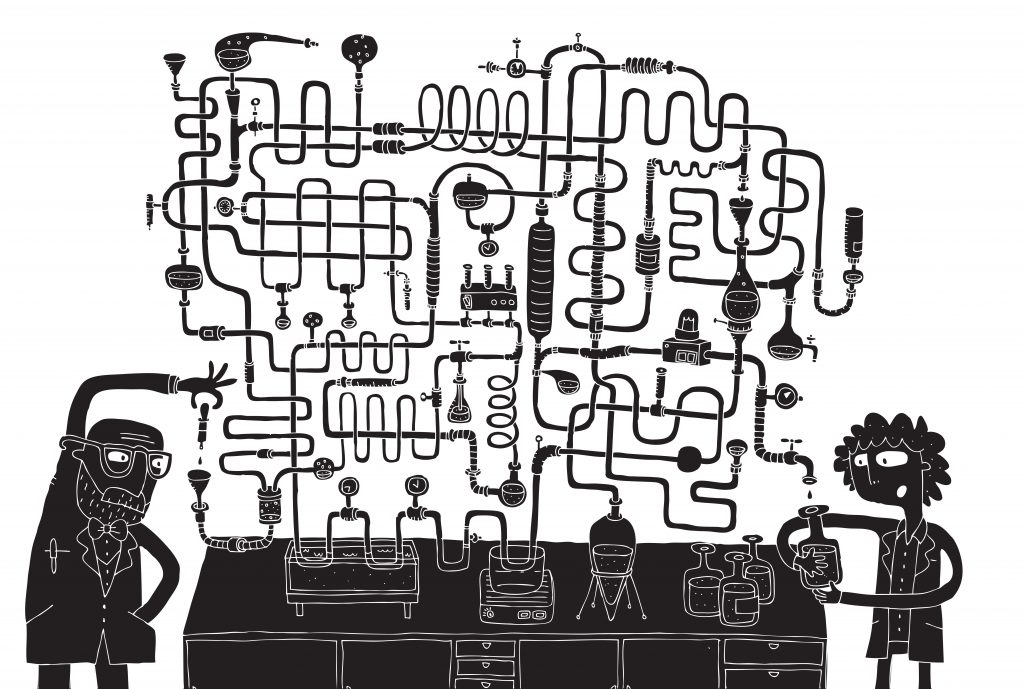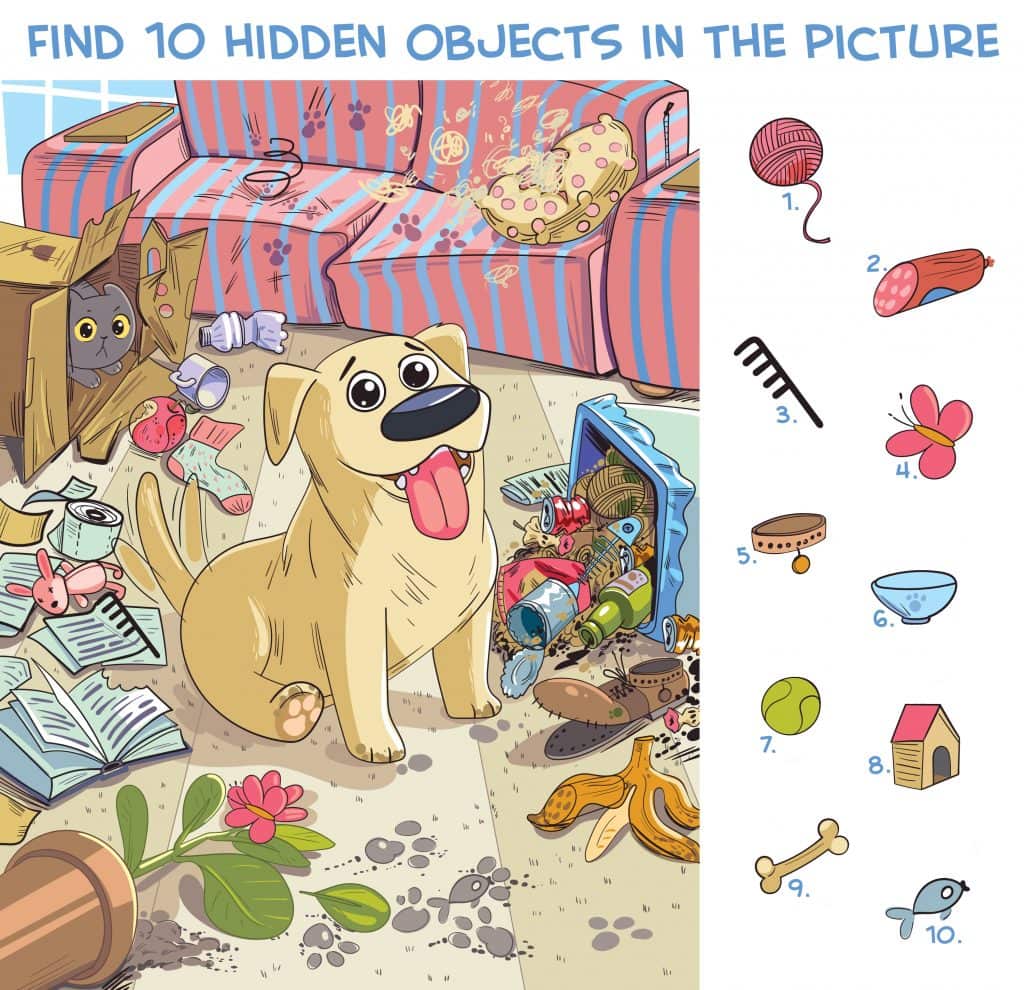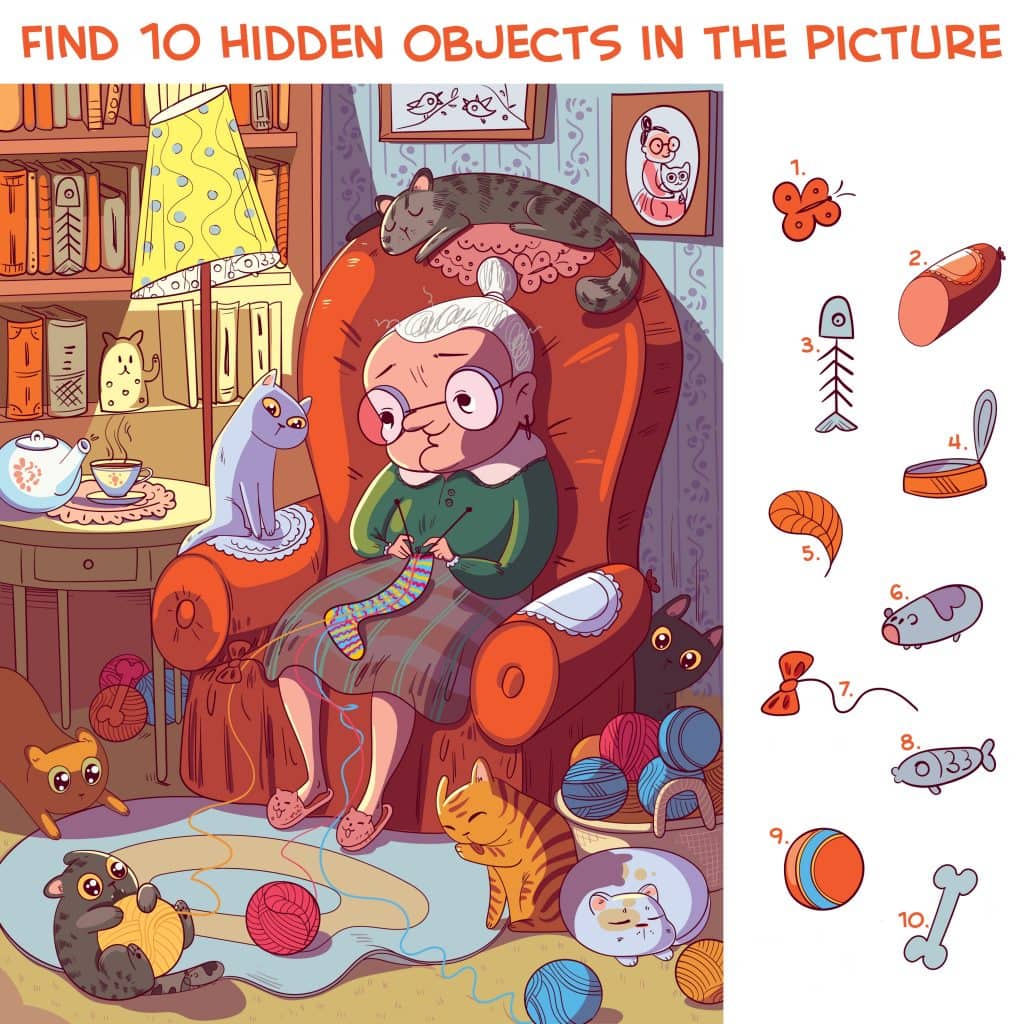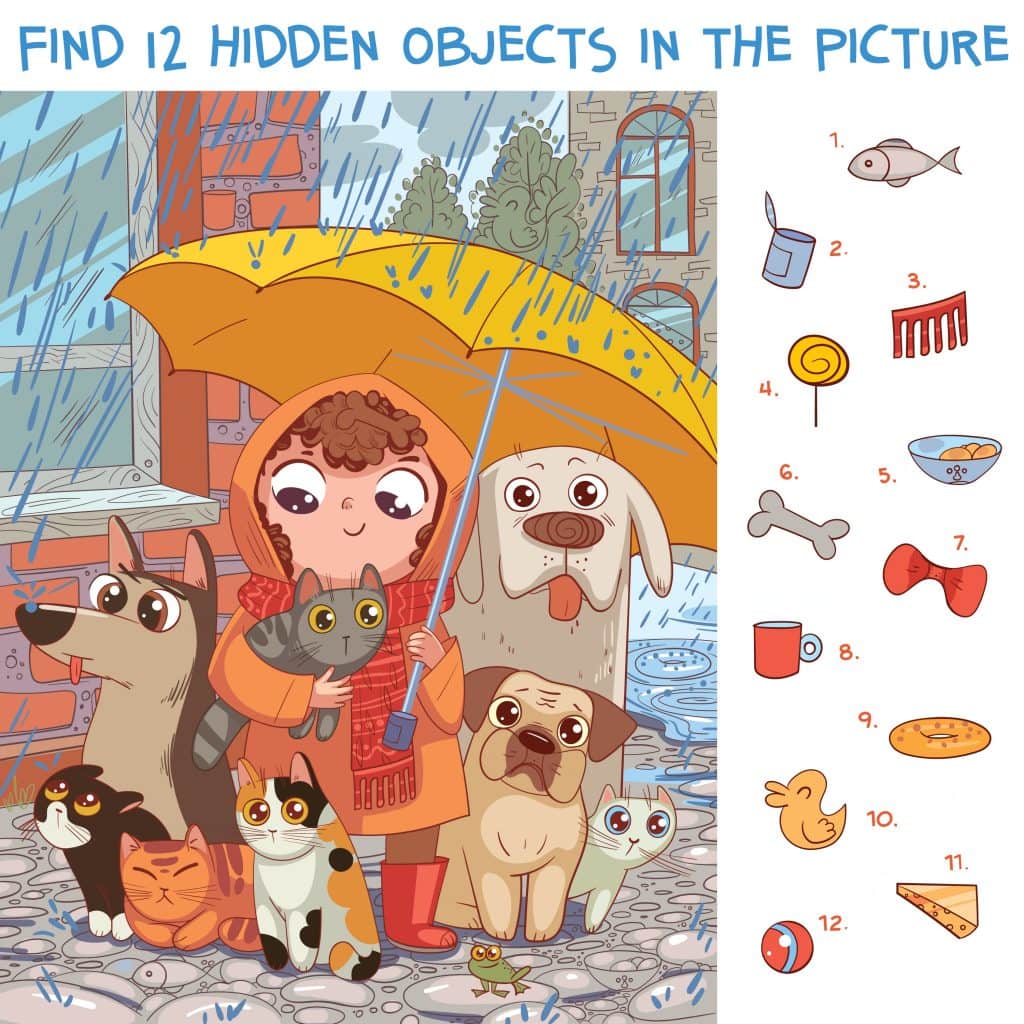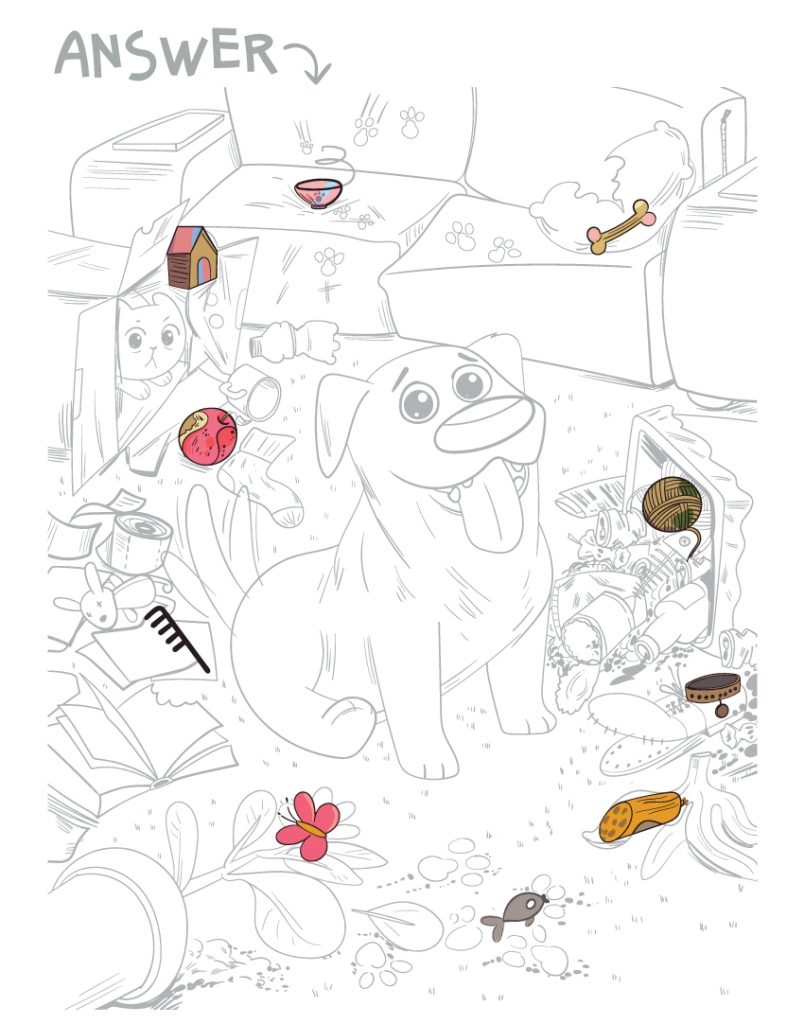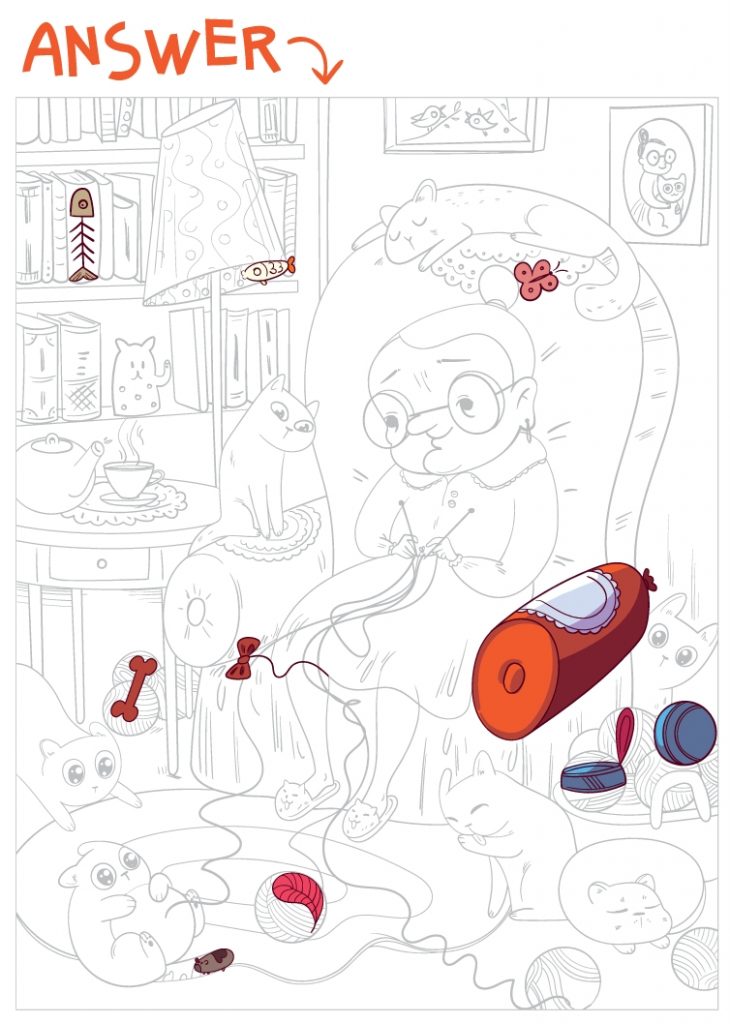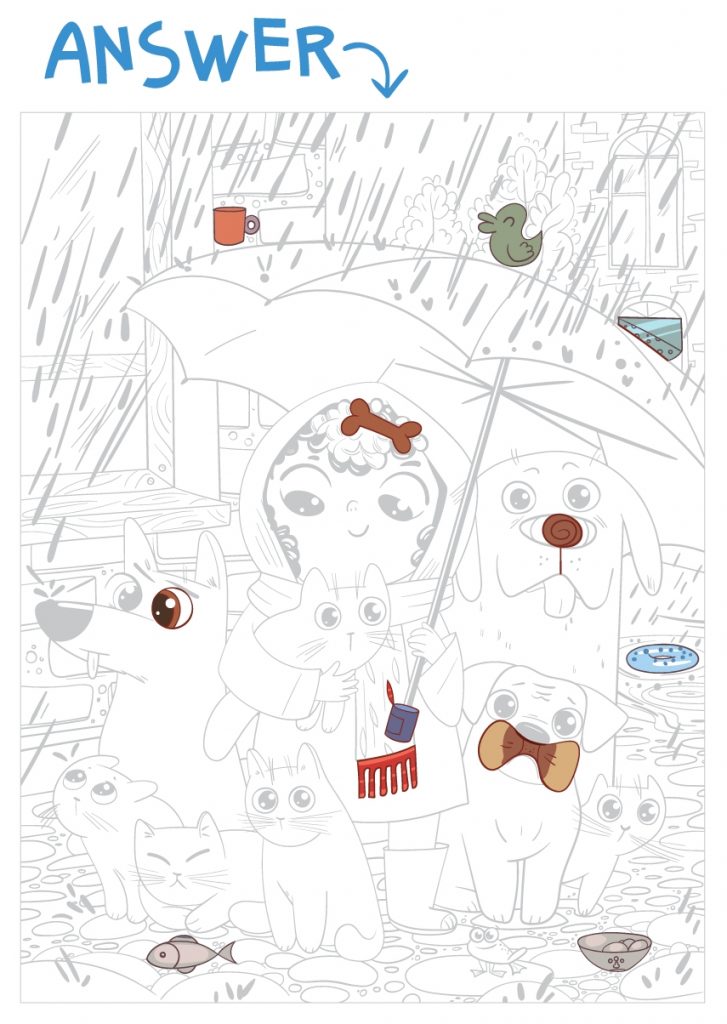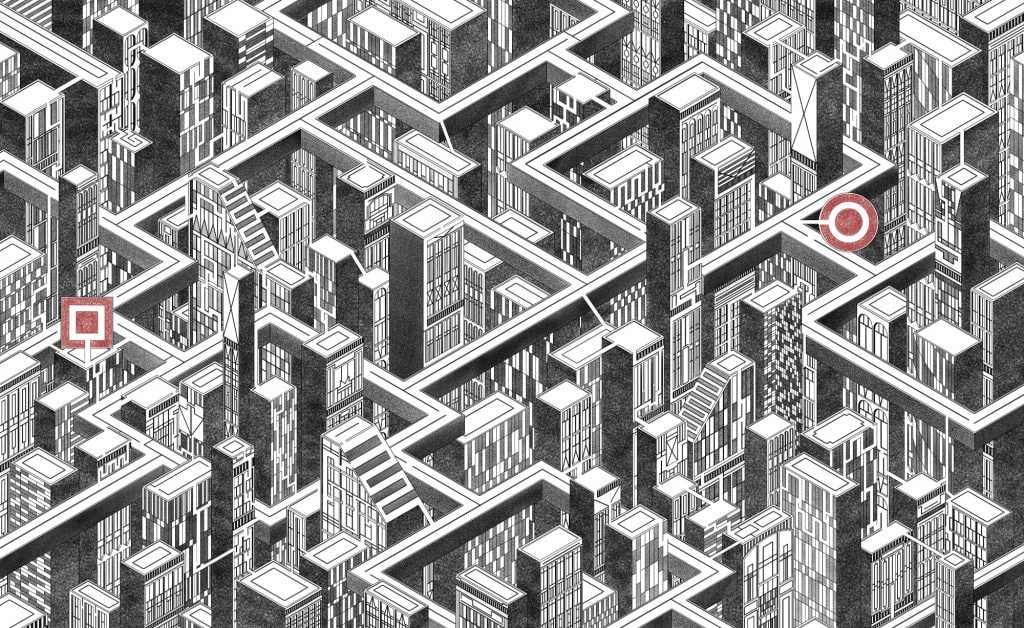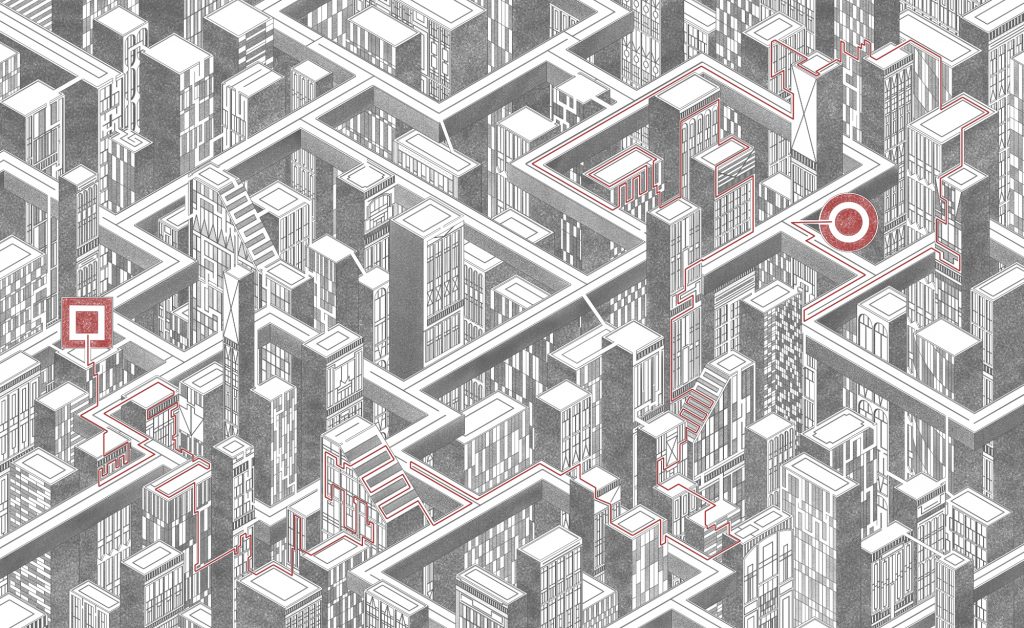Category: Puzzles
Heaven or Hell
After you die, you somehow appear in a mystical room with two doors and two keepers inside. One of the doors leads to Heaven and the other door leads to Hell. One of the keepers is always lying and the other keeper is always saying the truth. If you can ask one of the keepers whatever question you want (you don’t know which keeper is lying and which one is truthful), how can you find your way to Heaven?
You can point your finger to one of the two rooms and ask any of the keepers the question “If I ask the other keeper whether this room leads to Heaven, would he say YES?”. If the answer is NO, go through that door, if the answer is YES, go through the other one.
Camping Challenge
Look carefully at the picture below and answer the questions.

1. How many tourists are staying at this camp?
2. When did they arrive: today or a few days ago?
3. How did they get here?
4. How far away is the closest village?
5. Where does the wind blow: from the north or from the south?
6. What time of day is it?
7. Where did Alex go?
8. Who was on duty yesterday? (Give their name)
9. What day is it today?
1. There are 4 people.
2. They arrived a few days ago, enough so that a spider web can appear on the tent.
3. Judging by the paddles, they got there with boats.
4. There is a hen walking around the camp, so the closest village is not far away.
5. The leaves of the trees are larger at the south side, so the wind must be blowing from the South.
6. The shadow is pointing towards West, so it must be morning.
7. Alex went to catch butterflies.
8. Since Peter is on duty today – cooking food for the group, it was Colin on duty yesterday.
9. Today is August 8. Watermelons ripen in August.
Knight Takes Rook
White starts with e2-e4 and the game finishes with Knight takes Rook mate in the fifth move. Recreate the game.
The game proceeds as follows:
1.e2-e4 Ng8-f6
2.Qd1-e2 Nf6xe4
3.f2-f3 Nd4-g3
4.Qe2xe7 Qd8xe7
5.Ke1-f2 Ng3xh1#
Crashing Light Bulbs
You are living in a 100-floor apartment block. You know that there is one floor in the block, such that if you drop a light bulb from there or anywhere higher, it will crash upon hitting the ground. If you drop a light bulb from any floor underneath it however, the light bulb will remain intact. If you have two light bulbs at your disposal, how many drop attempts do you need such that you can surely find which the floor in question is?
The answer is 14 drops. You can do this by throwing the first bulb from floors 14, 27, 39, 50, 60, 69, 77, 84, 90, 95, 99, 100 (notice that the difference decreases always by 1) until it crashes and then start throwing the second bulb from the floors in between. For example, if the first bulb crashes at floor 69, you start throwing the second bulb from floors 61, 62, 63, etc. This way the total number of throws would be always at most 14.
Proving that 14 is optimal is done using the same logic. In order to use at most 13 throws, the first throw should be made from floor 13 or lower. The second throw should be made from floor 13+12 or lower, the third throw should be made from floor 13+12+11 or lower, etc. Continuing with the same argument, we conclude that the 13th drop should be made from floor 13+12+…+2+1=91 or lower. However, if the first light bulb does not crash after the last throw, you will not be able to find out which number among 92-100 is X.
Hidden Objects Pets
9 balls, 1 defective
You have 9 balls, 8 of which have the same weight. The remaining one is defective and heavier than the rest. You can use a balance scale to compare weights in order to find which is the defective ball. How many measurements do you need so that you will be surely able to do it? What if you have 2000 balls?
First, we put 3 balls on the left side and 3 balls on the right side of the balance scale. If the scale tips to one side, then the defective ball is there. If not, the defective ball is among the remaining 3 balls. Once left with 3 balls only, we put one on each side of the scale. If the scale tips to one side, the defective ball is there. If not, the defective ball is the last remaining one. Clearly we can not find the defective ball with just one measurement, so the answer is 2.
If you had 2000 balls, then you would need 7 measurements. In general, if you have N balls, you would need to make at least log₃(N) tests to find the defective ball. The strategy is the same: keep splitting the group of remaining balls into 3 (as) equal (as possible) subgroups, discarding 2 of these subgroups after a measurement. To see that you need no less than log₃(N) tries, notice that initially there are N possibilities for the defective ball and every measurement can yield 3 outcomes. If every time you get the worst outcome, you will make at least log₃(N) tries.
Coins on a Chessboard
There is a room with a chessboard inside. On each of its 64 squares, there is placed a coin, either heads up or heads down. You enter the room and a person inside points towards one special square on the chessboard and gives you the chance to flip one of the coins (whichever you choose). Then you leave the room, your friend enters and has to guess which was the special square on the chessboard. If you two could devise a plan before entering the room, how would you make sure your friend always guesses correctly which is the special square?
First, you must enumerate the coins with numbers from 1 to 64, locate the mystery coin, and calculate the binary representation of its number, padded with zeros on the left to 6 digits length. For example, if the mystery coin is the 5th one on the 4th row, its number would be 29 and will have a binary representation 011101. Then, consider the following sets of coins:
A1 = {row 1, row 2, row 3, row 4}
A2 = {row 1, row 2, row 5, row 6}
A3 = {row 1, row 3, row 5, row 7}
A4 = {column 1, column 2, column 3, column 4}
A5 = {column 1, column 2, column 5, column 6}
A6 = {column 1, column 3, column 5, column 7}
Now, the strategy is to flip the coin which makes the parity of heads in set Ai odd if and only if the i-th digit in the binary representation of the mystery coin is 1. It is easy to check that this is always a possible thing to do.
Two Arrows and a Sword
A man shot two arrows at its center and missed both times, but using a sword swung once at its center and hit it twice. What is it?
The answer is DOUGHNUT (or BAGEL).



